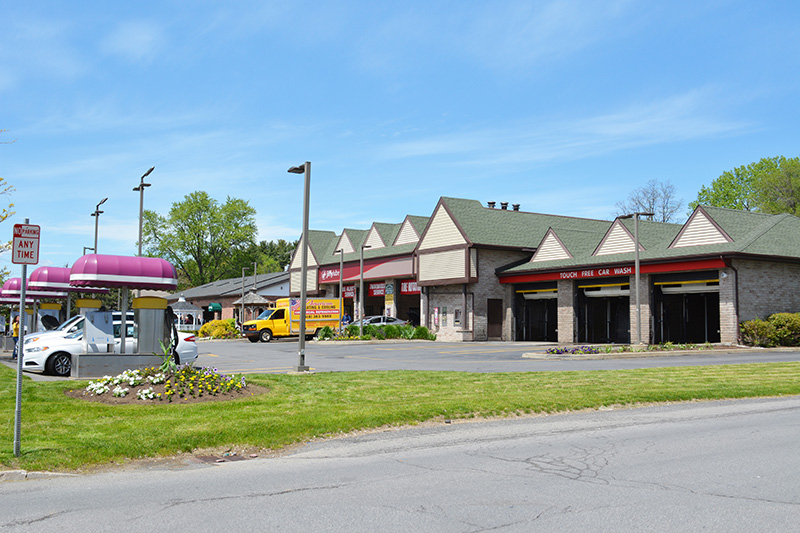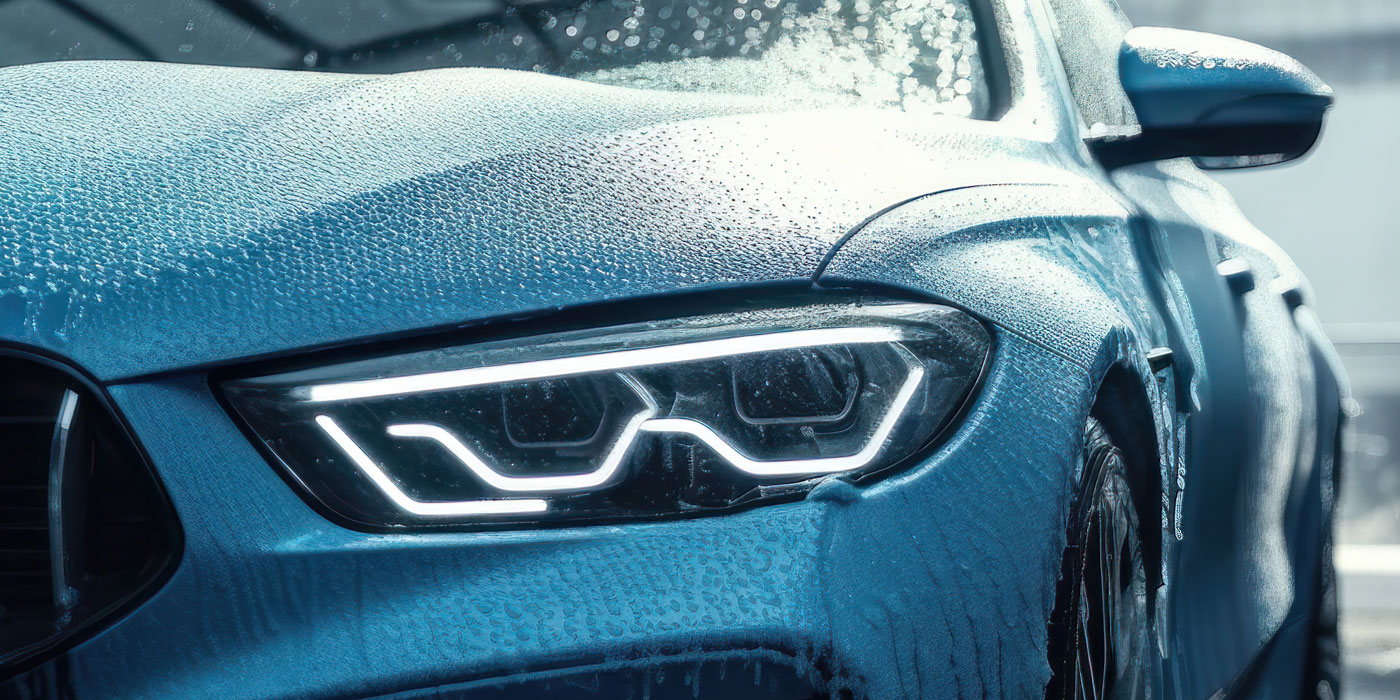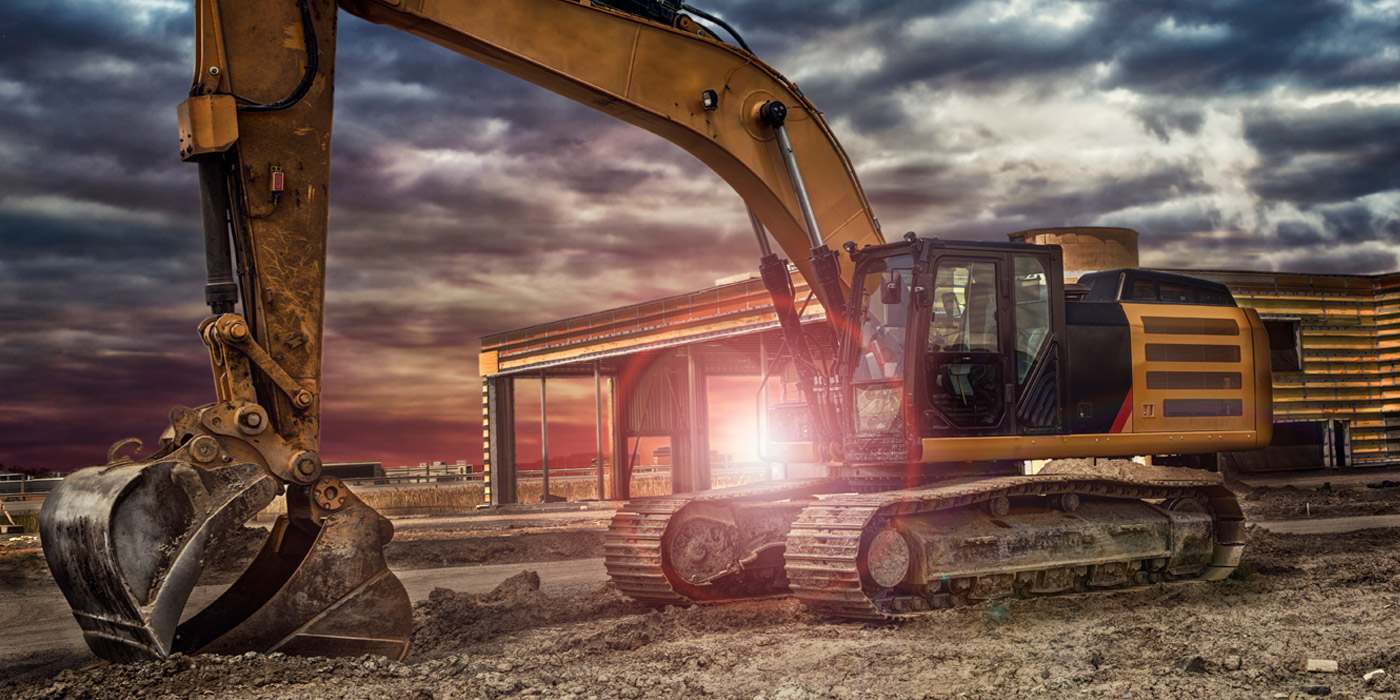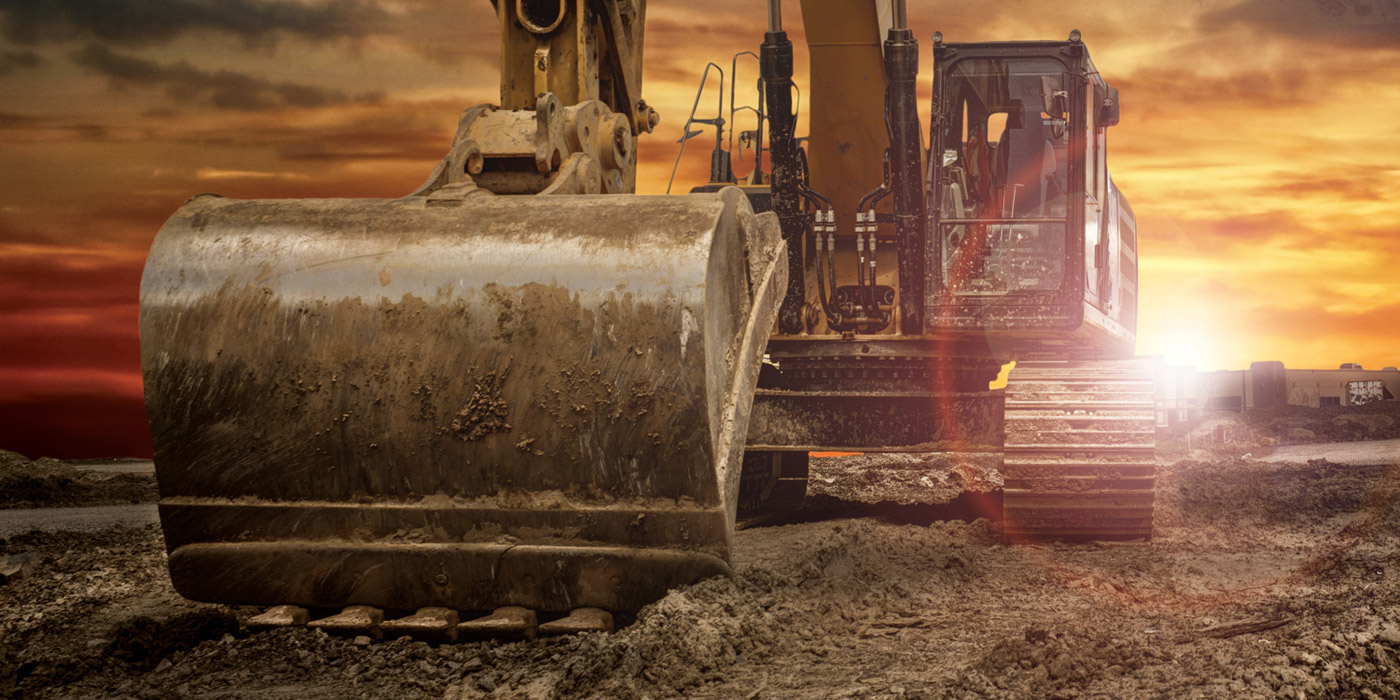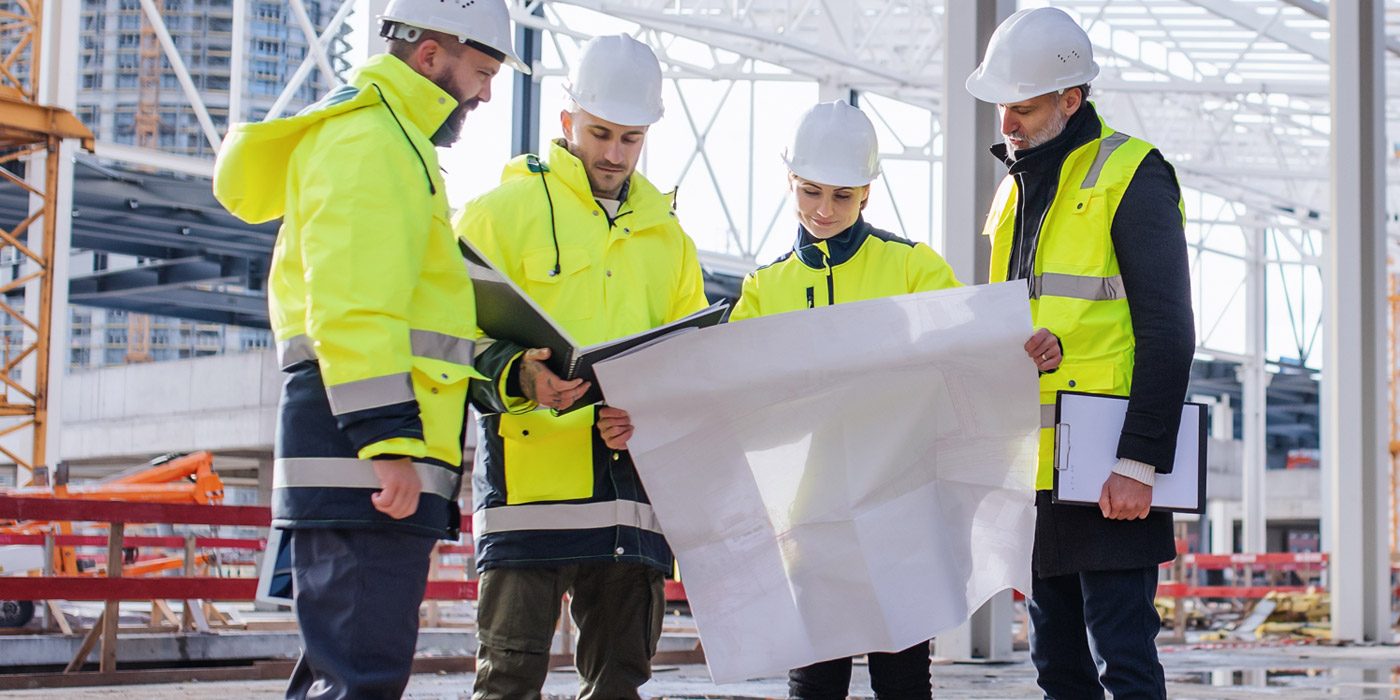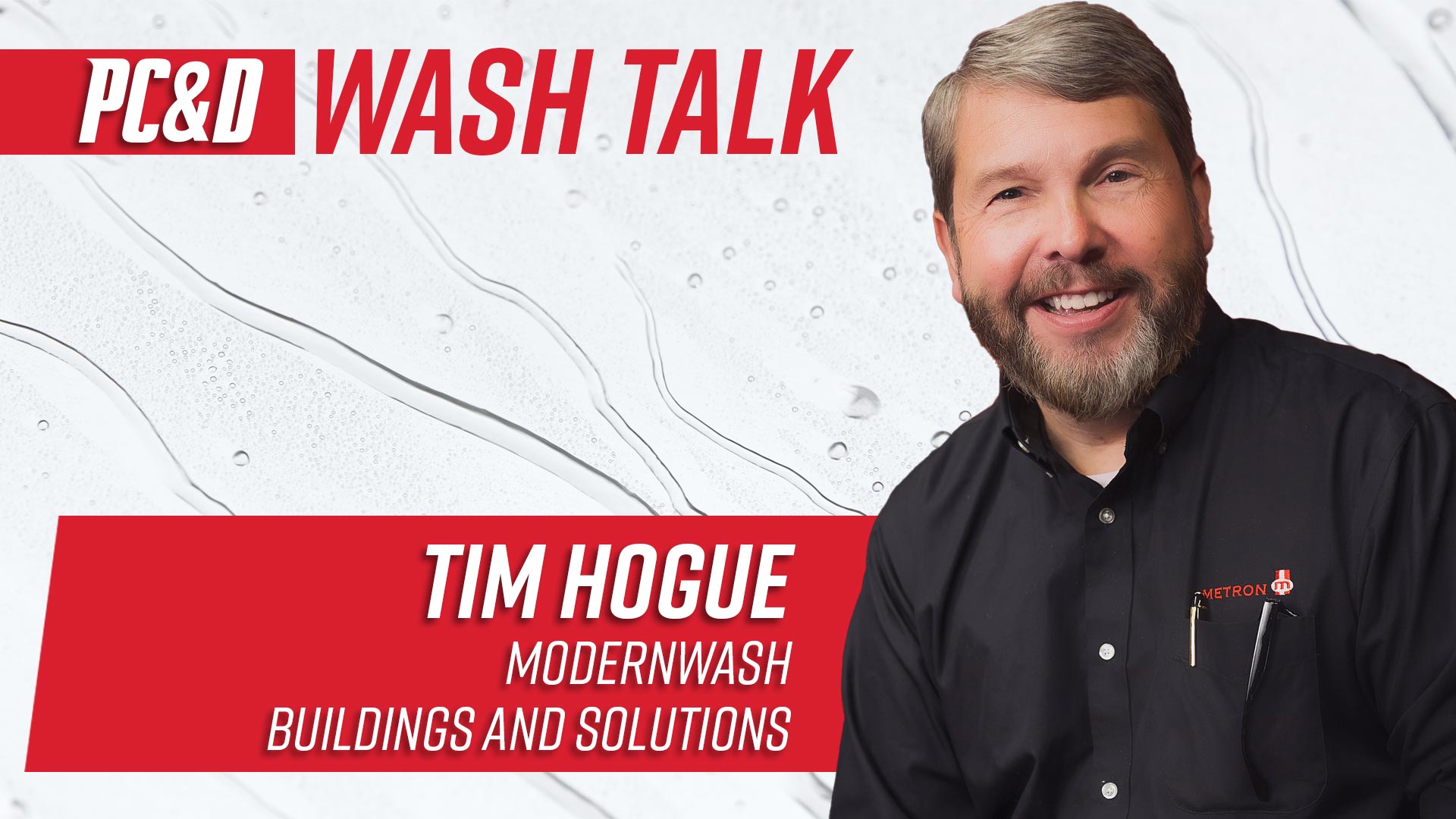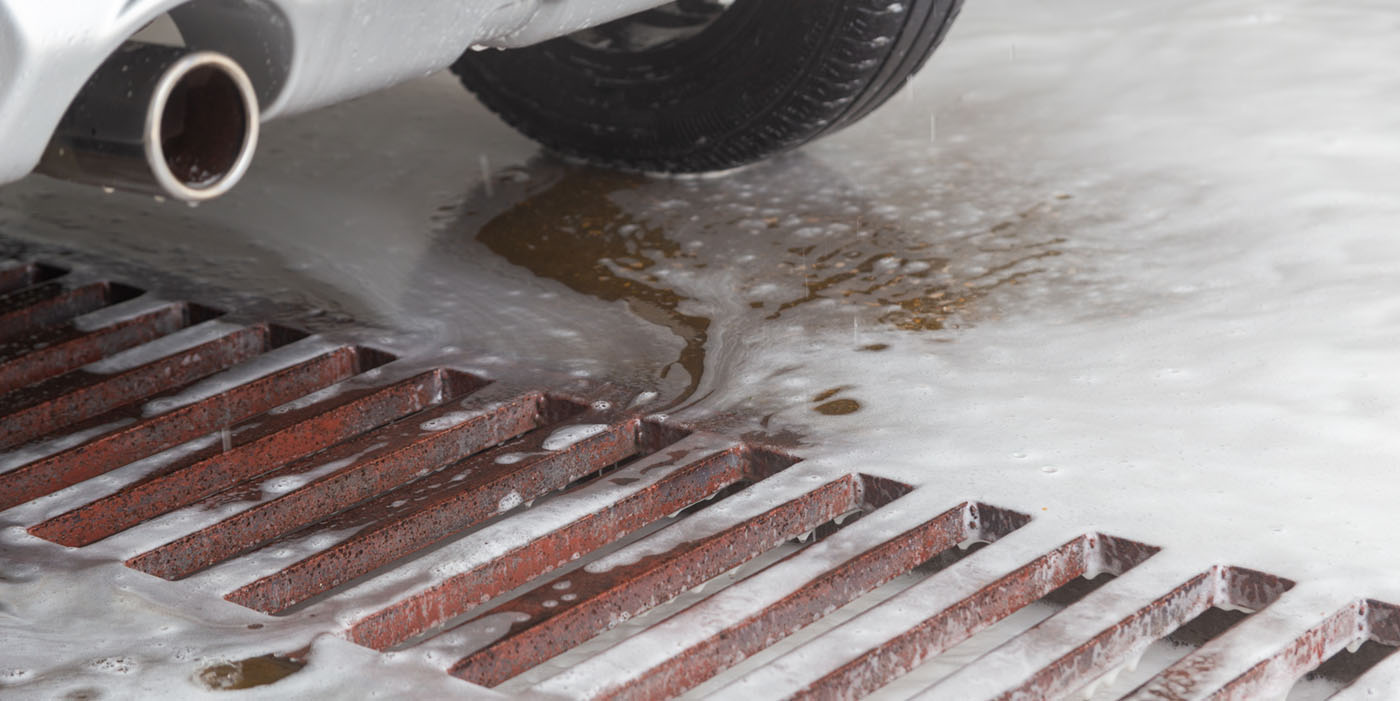In one way or another, every choice a new carwash investor makes during the site design and construction phases of a location will affect the business’ day-to-day operations. A new operator is faced with a myriad of choices during the development process, but the biggest factors should always garner the most attention. Of all the decisions a new investor must make, initially selecting a site for the business is one of the most important.
No time to read this article? Listen instead!
Location, information and advice
The important site attribute all new investors will likely know is the long-held refrain of “location, location, location.” Roger Pencek, president of Car Wash Brokers Inc., has specialized in the sale of carwashes for 30 years and is licensed in nine states. When it comes to selecting a site, Pencek reveals that he would rather overpay for a piece of land than underpay and not lock down the right location.
“If you do not have the right traffic count and the right curb appeal, you are just wasting your money,” he says.
As the current price to build an express carwash starts at approximately $3.7 million, Pencek “without a doubt” recommends investors hire someone locally who knows the area’s traffic patterns and real estate market. An experienced real estate agent will be familiar with the traffic counts, and he or she ideally will have experience selecting retail sites.
Another important step Pencek shares is contacting the local planning and zoning board. Owners should ask:
- What the potential carwash site’s traffic count is
- If there’s any new competition also seeking a carwash permit
- If there’s road construction planned for the area in the near future.
Christopher Crawford, president of Car-Wash-Architect.com, explains that carwash architects can offer advice on site selection as well. With experience working on hundreds of new washes, site input is available if a new investor asks for guidance. Further, architects can work with owners to transform challenged sites into successful carwash locations.
Related: 21 site selection guidelines for choosing the right carwash location
“All it takes is a little bit of time and some know-how, and you can make it work. But it’s not easy,” Crawford notes. “We’ve always been able to lay out most projects and maximize the site to where every square foot counts. You’re paying for it, so you’ve got to get your money out of it.”
One attribute that can make a carwash location ideal is neighboring businesses. Pencek explains that carwashes generally want to get as close as possible to major franchise locations. Most franchises have done their own research, and the other businesses can help attract customers.
Other ideal neighbors can be large gas stations and convenience stores. “Gasoline mega stations” have proven to be big customer attractors for carwash businesses, according to Pencek. “Customers are going to get gas once a week, and they’re going to drive right past your location. Any of those big gasoline pumpers are a perfect draw.”
Finally, more good carwash neighbors are “big box” retail locations, such as Walmart and Costco. Pencek states that these stores can act as a new owner’s insurance policy, and all are great for a site’s success.
Site design ideas to remember
Once expert advice is heeded and a location is selected, a new investor must turn his or her attention to carwash and site design. As for the wash structure itself, Crawford says that nearby competition can dictate building design. If an owner selects a traditional “box” building and it’s the only carwash in town, it will still do great business. If an area features increased competition, a traditional carwash building may not do as well.
“You have to build something to attract the customer,” Crawford continues. “So, you have to put certain features into a building to make it look interesting. We try to find structures that are economical in construction costs but at the same time have a lot of eye candy to make people interested.”
The average carwash lot Crawford sees is a box or a rectangle shape in a relatively decent location. Here, one of the most important things the owners and designers must deal with is ingress and egress. Is it easy to get in and out of the carwash site? Next, a plan must be completed to allow easy stacking on the site. Proper stacking is “always the hardest part,” according to Crawford.
Related: Infographic: 5 site design evaluation questions to ask yourself
Narrow sites plus mandated setbacks can be another site challenge. If a site is too narrow and there are required setbacks for landscaping or buildings, it will make the site design really tight. “You might have a great location, but you have too small of a piece of property because of the setbacks and also any of the other requirements required by cities and counties,” Crawford says.
Site size can also affect a carwash’s tunnel length. Crawford explains that tunnels generally don’t go below 90 feet, and they often go up to 140 feet. A tunnel length of about 130 feet allows architects to include a lobby for around 12 to 15 people. This allows customers to wait in air-conditioned or heated comfort during detailing or other services. The space can also provide adequate facilities for families or children. This allows families to wait inside and guarantees that children are not wandering around the site unattended.
One item no one thinks about until the site design process begins can become a surprising challenge, according to Crawford. Where should the dumpster enclosure be located? “It has to be laid out perfectly, or I end up asking, ‘Okay, where do I put the dumpster?’ That can ruin a design because a lot of the sanitation departments literally run the cities and counties.”
New versus conversion
For new operators, one major question when developing a business plan is choosing between new construction or conversion of an existing wash site. Pencek states that, currently, express wash locations make up 65 percent of the total carwash market. Of these washes, half of those locations are brand-new $3.7 million carwashes built from the ground up. The other half are express wash conversions.
In many instances, owners are assessing their existing full service wash locations and the capital cost to convert to the express concept. The owner could give the site a face-lift, add equipment (investing approximately $1 million) and create an express wash, Pencek notes. The current car care express market trend is “on fire,” and fewer full service washes are surviving. If an existing full service wash can be bought with land under $1.5 million and can be converted with $1 million, it is ahead of the pack since the wash has, optimistically, some good will and customers aware of the location.
“There’s more new express builds coming out of the ground,” Pencek reveals. “We’ve already devoured a majority of the full-serve carwashes who realized they have to adapt by either conversion or failing.”
If an investor finds a site to convert, Pencek says that an owner should make sure the carwash has good books and business records, backed up with bank deposits. Without the books, records or any indication of past performance, the carwash site is a gamble. Still, if a new operator is going to build a new carwash, it’s also a gamble because the location doesn’t have any history.
Pencek predicts there is also a trend of “mini expresses” that are evolving from converting existing self-serves with in-bay automatics. As an example, if the self-serve wash with automatic has over 30,000 square feet of land, install a 50- to 75-foot “mini express” tunnel that can be placed in the area of the existing in-bay automatic. Add 12 vacuums, and “voila” — a mini wash is born at under $1.8 million. These are the new “wave of washes in the future and have the capability of 10-12 cars per hour, no-brainer.”
Buildings and upkeep
Since appearance is so important in the carwash industry, Crawford suggests that carwash owners invest additional money in both the wash building and signage. If an operator wants to spend an extra $15,000, spend it fixing up the building and acquiring better signage. These options will get more customers in the door. “If the building looks bad, no matter how good your equipment is, no one is going to show up if you’ve got competition.”
For a new facility, operators must plan to spend more money developing curb appeal. Crawford further recommends adding some site design eye candy so that when potential customers drive by, they know it’s a new carwash and they want to utilize it. The location must look approachable and professional.
Facilities that are kept clean and well-maintained will always have an advantage. Appearance includes a number of factors such as attractive landscaping, effective signage and making sure that the wash’s exteriors are repainted often. “The most successful carwashes are the ones that are well maintained — it’s the building and the ambiance of the facility,” Crawford concludes.
Eugene Allen is a freelance contributor.

